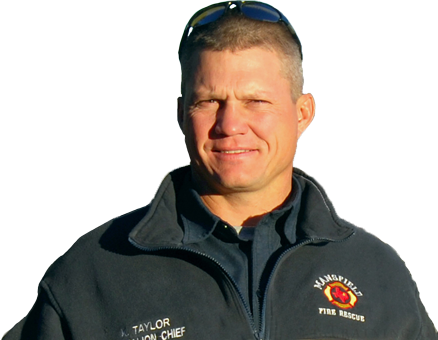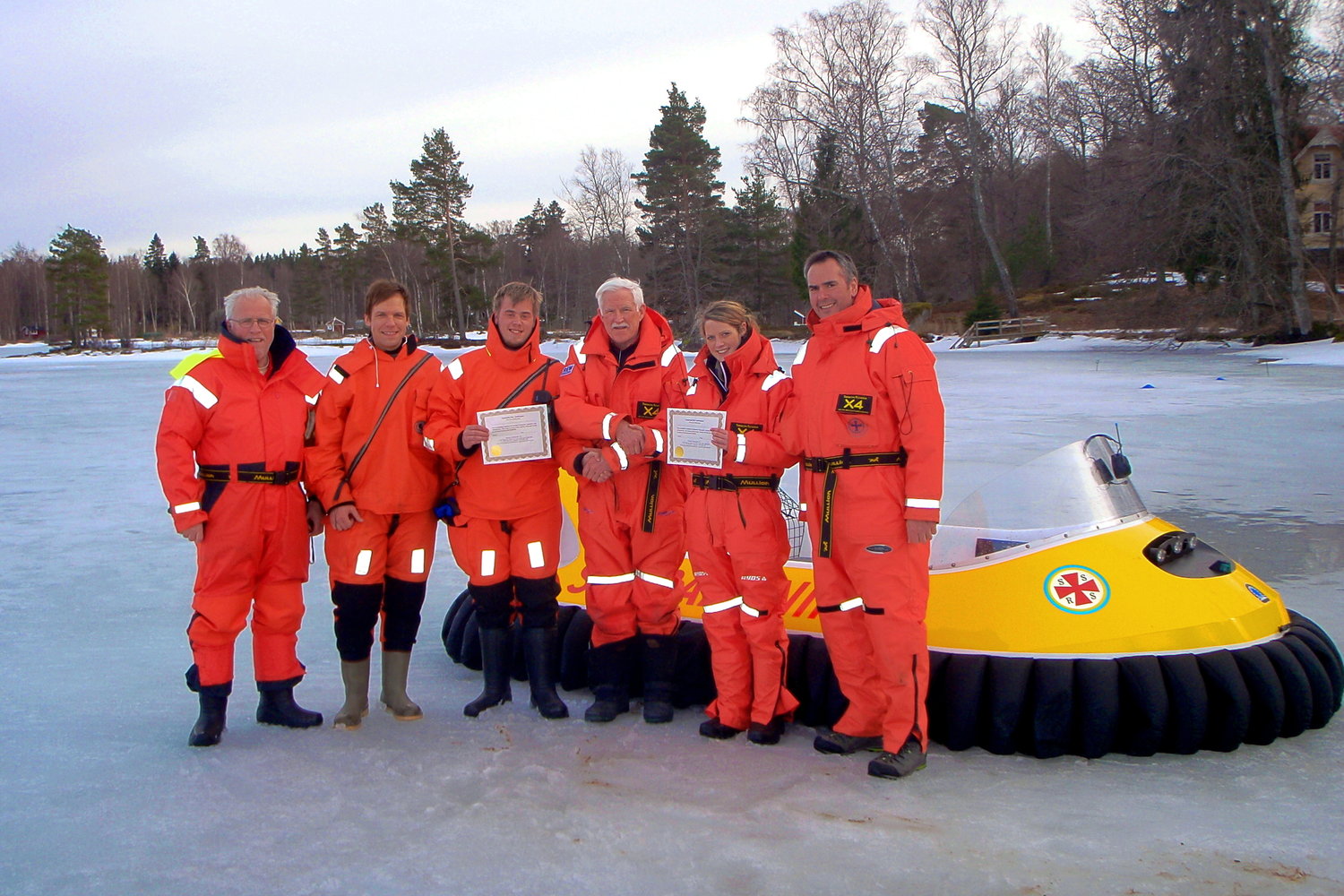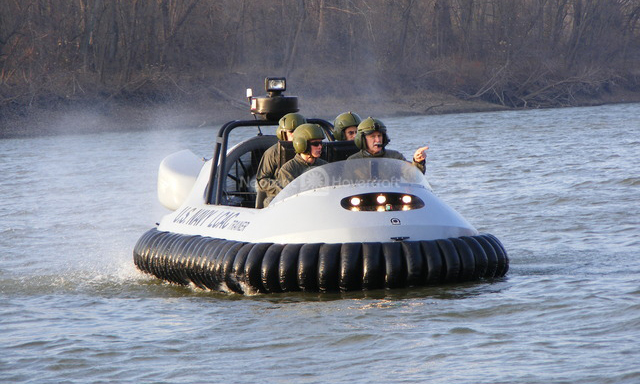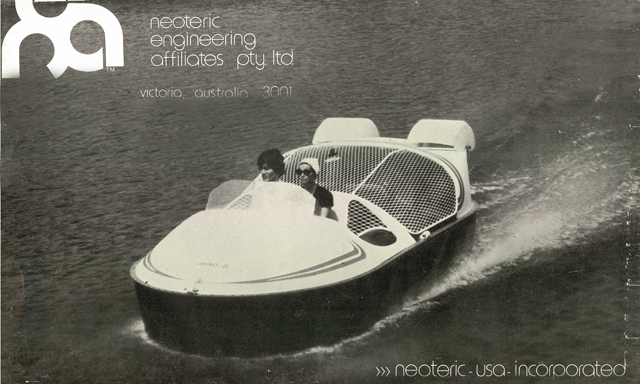Hovercraft Training Centers

KYLE TAYLOR
Firefighter, USA
Rescue Hovercraft Pilot
“It was new to us but we grasped the concept of maintenance. The thing that would be a scare for me is when something does break. But from the sounds of it, you guys are going to be there for us.”
"Figure it out without the training? Absolutely not. You have to have the training."
Maybe it's the hovercraft's unassuming, unintimidating appearance; maybe it's the craft's likeness to other vehicles (i.e. airboats, jet skis, etc.), but it seems that something about a hovercraft always tends to make first-time pilots a little overconfident when it comes to their ability to fly without proper training. Take, for example, William Franks and Kyle Taylor of the Mansfield Fire Department in Mansfield, Texas. Both men paid a visit to Hovercraft Training Centers' Terre Haute, Indiana headquarters for their hovercraft pilot training, and the differences between their pre-training perceptions and how they felt afterward are quite evident.
As outdoors loving men who are dedicated to their profession, Franks and Taylor take their responsibilities as rescuers very seriously, and recognize the importance of utilizing the best tools possible to help them execute their rescue missions.
"We have a 22-person swiftwater rescue team and as it stands now, we do have a boat that we paddle in most places, But a hovercraft seems to be the answer to the faster rescue – a safer rescue. This way we can [rescue] and not put people in the water."
But what many first-timers fail to realize until they've gone through proper training, is that identifying hovercraft as the rescue vehicle of best fit - making the purchase - is only half of the story. When asked if they think they could figure out how to operate and maintain a hovercraft on their own, both Franks and Taylor echoed the type of confidence that is fairly common among the first-time pilot crowd.
"[I could figure it out] over time, yeah. As long as I have a manual with me," Franks said. "I could figure it out, but not be proficient," Taylor agreed.
While confidence is wonderful, as are training manuals, there is no substitute for the intensive hands-on hovercraft flight training that pilots receive at HTC; and after completing a training session themselves, both Franks and Taylor wholeheartedly agree.
"I feel more confident; it's a lot more touchy than I thought it would be. To maneuver around with the thing, it does not take much but it takes a lot of knowledge to make it work for you," Franks explains, with Taylor quick to agree. "I feel more comfortable," he concurs.
"I feel a lot more confident in placing [the hovercraft] somewhere and I think what you need to keep in mind is: slow, not fast, and respectful, so that you can overcome any mistakes that you've made. I mean, I made terrible mistakes," William admits. "To figure it out without training? Absolutely not. You have to have the training, and as I was saying out there, when Kyle was first up, I learned some just being able to listen."
"When I messed up, he learned from it!" Kyle adds, with a laugh.
It is safe to say, from flight training to hovercraft maintenance, both Franks and Taylor left Hovercraft Training Centers' headquarters with not only a wealth of new information and skills, but also a new attitude toward the importance of training in general.
"It was new to us but we grasped the concept of [maintenance]. The thing that would be a scare for me is when something does break. But from the sounds of it, you guys are going to be there for us."
When asked what they'd say to someone who is interested in hovercraft technology for work or play, but doesn't think they need training, Franks was quick to reply:
"It's pretty simple: they're not going to have the knowledge of the craft's full capabilities. They will get it up and they will fly it and maneuver with it, but having the tips that Chris went over with us today, just having that to build on, that's really valuable."



